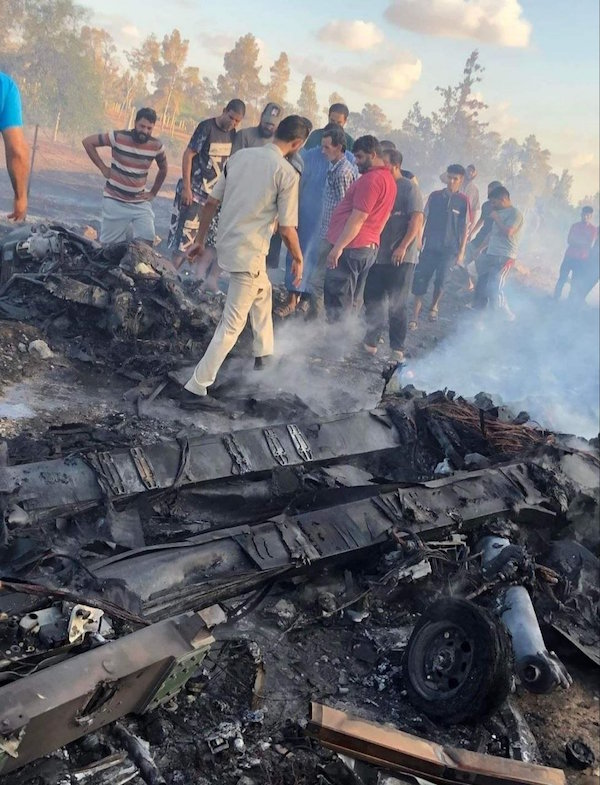
Al-Mismari said on Al-Arabiya Al-Hadath TV channel, “LNA dealt with the plane on the basis of a friendly target, by contacting the civil aviation tower and air bases, but they had no information, so it was treated as unidentified, and then to a hostile plane, according to civil defense norms, then it was destroyed.”
Al-Mismari pointed out that the plane entered the strategic depth of the LNA General Command, and was intending to carry out a hostile action against one of the main targets of the LNA in the outskirts of Benghazi, but the Air Defense Forces managed to deal with and destroy it.
Al-Mismari explained that the technical committee did not issue any report on the drone, noting that despite the presence of a great similarity between it and the American drone, the American drone is owned by more than one country, so they do not know who sent this drone, and a full report will be issued by the Technical Committee in this regard.
LNA shot down on Monday an unmanned drone near Benghazi via a man-portable surface-to-air missile system (MANPAD), according to LNA’s media office.
“The air defense media of the General Command targeted an unidentified filming drone that entered the skies of Benghazi near Al-Rajma and the Benina base and brought it down,” LNA said.
LNA, which has territorial control over eastern and southern Libya, confirmed that the drone entered Benghazi’s skies without authorization.
Subsequent footage released shows what appears to be the drone burning and slowly falling to the ground after being hit by a surface-to-air missile.
Joseph Dempsey, a military analyst for the London-based International Institute for Strategic Studies (IISS), said the wreckages of the drone appear to be “consistent with MQ-9 Reaper UAV”. Current MQ-9 Reaper operators are France, Italy, Netherlands, Spain, the United Kingdom, United States
Unverified imagery of wreckage reported from crash in Benghazi, Libya 🇱🇾 appears consistent with MQ-9 Reaper UAV pic.twitter.com/zqnG5xWQbk
— Joseph Dempsey (@JosephHDempsey) August 22, 2022
